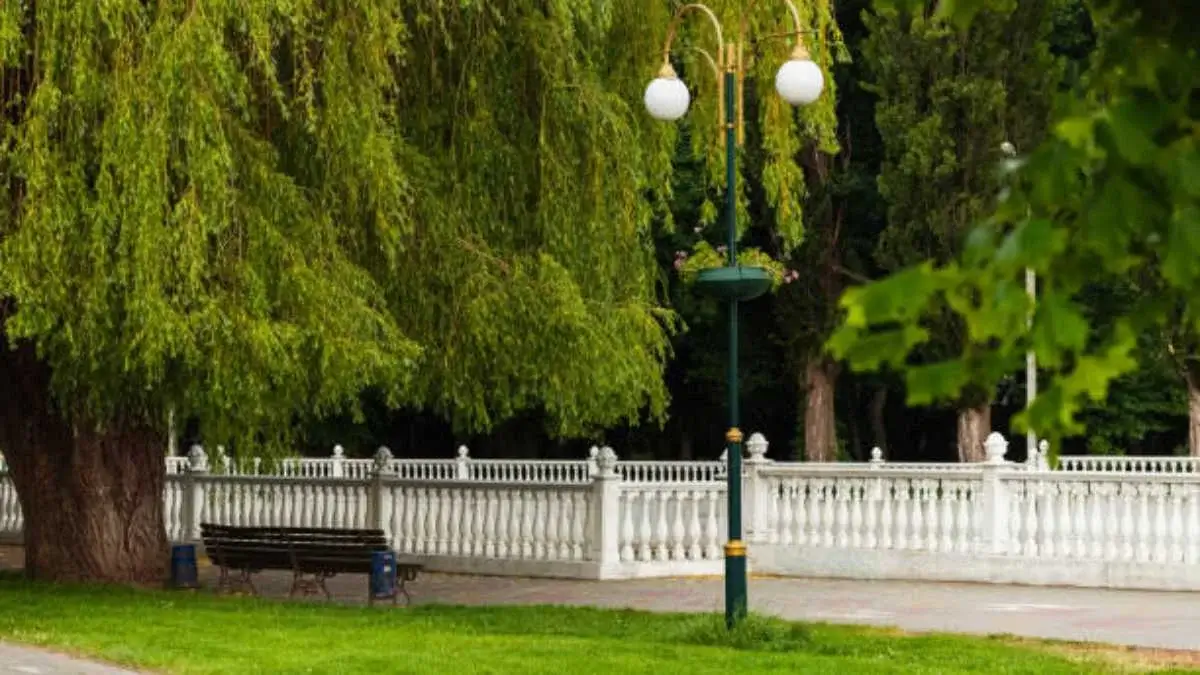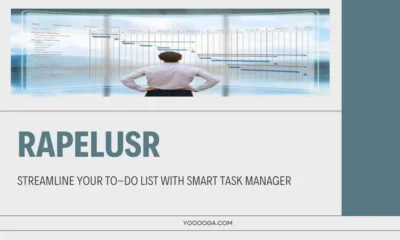HOME IMPROVEMENT
Beyond the Fence: Creative Ways to Use Fencing in Landscape Design

Introduction
When most people think about fencing, they picture a barrier—something that marks a property line, provides privacy, or keeps pets secure. But fences can do much more than divide space. In the hands of a thoughtful designer or a professional fencing company, fences become architectural features, design accents, and integral parts of a landscape’s overall functionality.
Today’s outdoor design is all about blending form and purpose. Whether you’re planning a full backyard transformation or just updating key areas, rethinking how fencing can be used throughout your landscape can lead to a more creative, personalized space. Here are several ways to make fencing work harder—and smarter—beyond the basics.
Table of Contents
1. Defining Outdoor Zones with Style
More Than Just Boundaries
One of the most effective uses of fencing is to define areas within your yard, not just around it. Instead of a single perimeter fence, consider using short or partial fences to divide your space into functional zones.
For example:
- A low picket or slatted fence can separate a play area from a garden without visually cutting off the space.
- Decorative panels can create a backdrop for a firepit area, making it feel more intentional and cozy.
- A series of staggered vertical posts or screens can subtly define a dining space on a patio without enclosing it entirely.
These designs don’t need to be tall or opaque. Partial fencing that maintains sightlines helps maintain openness while still offering structure.
2. Using Fencing as a Vertical Garden
The Rise of Living Walls
Fences offer an excellent surface for vertical landscaping—especially in small or urban yards where horizontal space is limited. By mounting planters, trellises, or wall baskets on a fence, you can create a lush, green wall that serves both aesthetic and practical functions.
Consider using:
- Herbs and edible greens for easy kitchen access.
- Trailing flowers like nasturtiums or petunias for seasonal color.
- Climbing plants like clematis or jasmine for a more naturalized look.
For homeowners working with a landscaping company, these green fences can be part of a larger sustainability strategy. They support pollinators, reduce sun exposure on certain walls, and even help with sound absorption.
3. Integrating Lighting for Ambiance and Safety
Fence-Mounted Lighting Options
Adding lighting to your fencing design is a subtle but powerful way to enhance ambiance and usability. This technique turns fencing into more than just a backdrop—it becomes part of the nighttime experience.
Some creative fence lighting ideas include:
- Solar-powered cap lights on posts.
- String lights or fairy lights woven through horizontal rails.
- LED strip lighting along the base of a privacy panel.
- Sconce-style fixtures attached to vertical sections.
By illuminating your fencing, you not only improve visibility and safety at night but also create a warm, inviting atmosphere for outdoor entertaining or quiet evenings in the yard.
4. Highlighting Architectural Features
Turning Fencing Into a Focal Point
Rather than letting fences fade into the background, strategic design choices can transform them into architectural features. This approach is particularly useful when designing for a modern, rustic, or minimalist landscape style.
Think about:
- Contrasting colors or stains that draw the eye to the fence line.
- Using mixed materials—like combining wood with metal—for a layered, contemporary look.
- Creating geometric patterns or incorporating decorative cutouts.
A skilled Denver fencing company can fabricate custom panels or recommend materials that align with your aesthetic goals. These design-forward fences serve as a visual anchor for the entire outdoor space, enhancing curb appeal and character.
5. Enhancing Privacy Without Feeling Boxed In
Screens, Panels, and Layered Privacy
Full privacy fences are sometimes necessary, but they can also feel imposing. To soften the effect while still maintaining seclusion, consider layered solutions that mix fencing with natural elements.
Ideas include:
- Combining solid fence sections with hedges, bamboo, or tall grasses.
- Using decorative lattice panels that allow light to pass through.
- Staggering fence heights to create visual flow and avoid harsh transitions.
This combination approach is particularly effective when collaborating with a landscaping company. Plants soften hard lines and offer seasonal variety, while the fence ensures privacy and security.
6. Building Storage into Your Fence Design
Smart, Seamless Integration
Fences can do more than just divide space—they can hide unsightly features or offer integrated storage solutions. If you’re limited on space or want to reduce clutter, look to your fence for hidden opportunities.
Try incorporating:
- Built-in storage cabinets for garden tools.
- Concealed garbage and recycling bins behind fencing with matching gates.
- Fold-down potting tables or benches mounted to fencing panels.
These features not only serve practical needs but also help keep the overall design clean and organized. When planned during fence installation, they blend seamlessly with the rest of your outdoor design.
7. Creating a Visual Story
Aligning Fencing With Landscape Flow
When fencing and landscaping work together, the result is a landscape that feels complete. Pathways, plant beds, water features, and lighting should all relate back to the fence—either through alignment, material selection, or design repetition.
Some strategies for cohesion include:
- Extending fence lines into pergolas or trellised walkways.
- Matching fence color to planter boxes or deck railings.
- Repeating fence panel patterns in garden edging or patio pavers.
Mile High Fence & Landscape understands how to create visual flow between fencing and landscape features, resulting in an outdoor space that feels curated and connected.
8. Choosing the Right Materials and Layout
Practical Meets Beautiful
Creative fencing ideas still need to work with your site conditions and lifestyle. For example:
- Slatted fences allow airflow, ideal for windier locations.
- Composite materials resist weathering and reduce maintenance.
- Cedar offers natural resistance to insects and decay in dry climates.
The layout also matters. A curved fence line may soften sharp angles in a yard. Stepped fences can follow a slope more naturally than a flat run. Details like post spacing, rail height, and finish all play a role in how your fence interacts with the landscape around it.
By working with a professional fencing company, you can explore layout and material options that enhance—not hinder—your design goals.
Conclusion
Fencing is no longer just a boundary—it’s a design element that can elevate the form and function of your entire outdoor space. Whether used to define zones, support plants, add lighting, or create visual cohesion, fences are a key part of modern landscaping.
By thinking creatively and planning with purpose, homeowners can turn standard fencing into standout features. Whether you’re designing from scratch or updating your backyard, it pays to view fencing not just as a necessity, but as an opportunity.
Mile High Fence & Landscape brings together expertise in both fence installation and landscape design, helping homeowners create cohesive, multi-functional outdoor environments that reflect their vision and lifestyle.
-

 GENERAL6 months ago
GENERAL6 months agoChristofle – For Those Who Dream of Family Heirloom Silver
-

 SPORTS8 months ago
SPORTS8 months agoDiscover the World of Football with Streameast: Watch Your Favorite Leagues and Tournaments
-

 GENERAL4 months ago
GENERAL4 months agoUncovering the World of кинокрадко: The Dark Side of Film Piracy
-

 GENERAL2 months ago
GENERAL2 months agoATFBooru: Anime, Gaming, and Subculture Imageboard



























